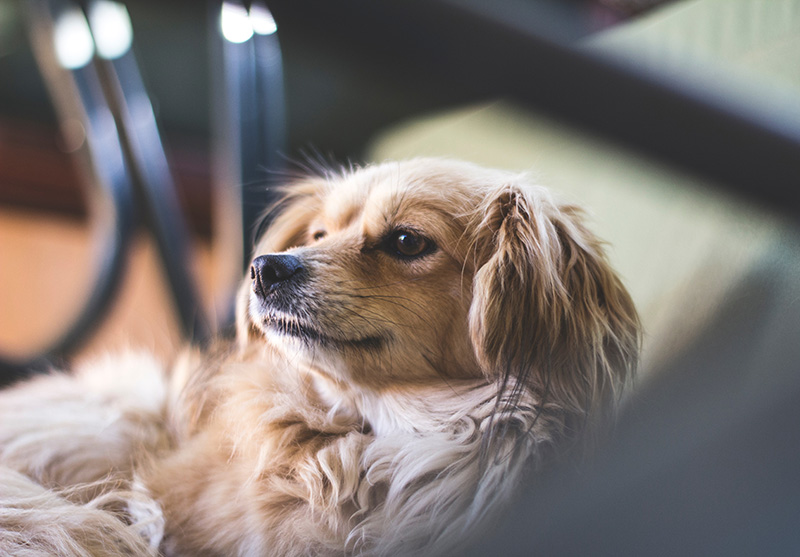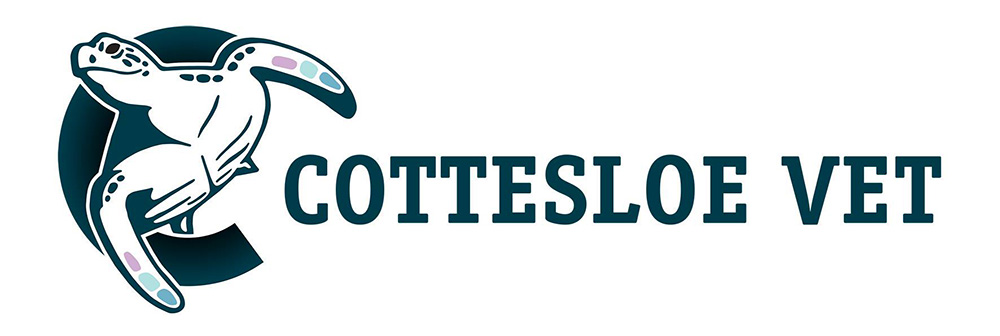Getting Your Pet Desexed
Getting your Pet Desexed
To Desex or not to Desex . . . that is the question!
Desexing refers to the surgical removal of the reproductive organs of either a male (castration) or female (ovariohysterectomy / spey) animal. There are many reasons to consider desexing, and we list a few here:
Reasons for Desexing your pet:
Prevention of Pregnancy and False pregnancies
Unplanned litters of puppies, kittens or ferrets can be troublesome for a variety of reasons. For example there can be difficult births necessitating emergency caesareans, or life threatening post birthing metabolic changes that also need emergency attention. In addition, sometimes the need to hand-raise some or all of the litter arises. Additionally, it is difficult to find good homes for the offspring. Therefore we strongly recommend animals are desexed unless you plan to breed from them.

Prevention of Malignant Mammary Cancer
Female dogs & cats that are desexed before their second season are actually at less risk of malignant mammary cancers than undesexed animals.
Prevention of Other Uterine Disease
Pyometra (infected uterus full of pus) is a life threatening infection that can develop in entire female dogs, cats & ferrets. It causes animals to become septic displaying clinical signs including depression, drinking more than usual and vomiting. In some cases there is also a pus-filled vaginal discharge. Endometritis(inflamed uterine lining) and cystic ovaries can also occur in entire females resulting in vague symptoms of unwellness, discomfort & “moodiness”.
Prevention of Oestrogen Toxicity in Ferrets
This disease occurs when female ferrets remain in oestrus for a prolonged period. The oestrogen produced during this stage of reproduction suppresses bone marrow production of red blood cells leading to a potentially fatal anaemia.
Prevention of Aggressive Behaviour
Both male and female pets can display aggressive behaviour when they are sexually mature. Therefore if your pet is showing aggressive tendencies before sexual maturity, it is best to get them desexed to reduce this inclination before the behaviour becomes habitual.
Prevention of Urine Spraying
Entire male cats can spray urine on vertical surfaces to mark their territory. If this behaviour is allowed to continue for a long period of time, it may be impossible to completely stop this behaviour even with desexing later in life. Therefore we recommend desexing early in life. In addition, the urine from a sexually mature male cat or ferret can have a very strong odour that is unpleasant to many humans.
Prevention of certain diseases
Cats and dogs that are not desexed are more likely to roam, be territorial and thus get into fights with other animals. Desexing reduces this risk, and thereby reduces the risk of your pet being affected by bite wounds, abscesses, and in cats, contracting blood borne diseases including feline leukemia and feline aids.
Dogs, cats and ferrets can reach sexual maturity at around 5-8 months of age. Therefore this is the age at which we recommend they are desexed.
What is involved when my pet is desexed at Cottesloe Vet?
We ask that your dog or cat is fasted in the morning (not fed any breakfast), but access to water is to be maintained at all times. Ferrets are NOT to be fasted prior to an anaesthetic. Animals are examined on the morning they arrive, prior to having any anaesthetics administered. This enables us to ensure there are no other health problems that need to be addressed before starting the procedure. Additionally, if you would like something checked out by our vets at the time of surgery – please advise the nurses at reception on the morning of the procedure.
The patients are then given a mild sedative to help them feel calm and relaxed while in hospital before they are given a short general anaesthetic during which time their reproductive organs are surgically removed. We administer pain relief prior to recovery so your pet is as comfortable as possible when it wakes up. Female animals recover with 3 layers of stitches (2 buried layers, and 1 skin layer), and male animals with just 2 layers of stitches (1 layer is buried beneath the skin, and 1 is in the skin). All of our cat and dog patients are discharged with pain relief medications to continue at home for the first few days post operatively. In general, our patients are discharged in the late afternoon/evening of the same day of their procedure.
We ask that you keep an eye on your pet’s surgery site – ensuring that it does not become wet or dirty, irritated or infected. If you have any questions about your pet during the post operative phase, please do not hesitate to contact us and arrange a quick recheck of the wound to ensure everything is progressing as it should be.
The only thing we ask is that your pet returns 10 to 14 days after its surgery to have its sutures removed (or wound checked if it received intradermal sutures).
Call us to book an appointment!
COTTESLOE VET

Opening Hours
Mon-Fri (9am-6pm)
Sat (9am-2pm)

Consultations
Mon-Fri (9am-12pm and 3pm-6pm)
Sat (9am-2pm)
Message Us
We welcome pets from the Cottesloe, Dalkeith, East Fremantle, Claremont, Mosman Park, and North Fremantle areas and surrounds.
